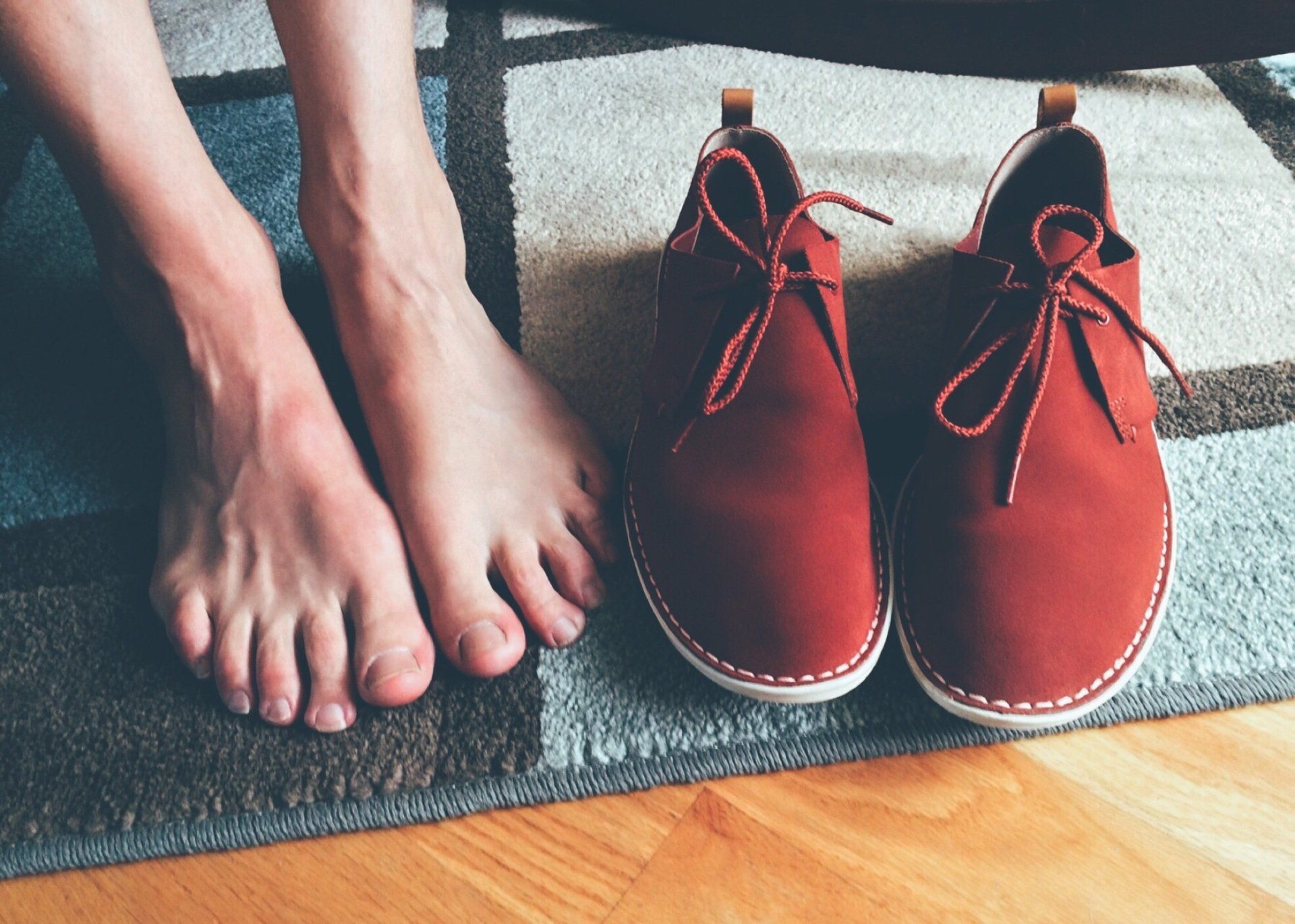How the way we breathe affects nervous system and even our skeletal alignment

We breathe mostly without thinking for the whole of our life, but how many of us pay attention to the way in which we are breathing?
Recently, I was discussing breathing with a client. Susan is a yoga and fitness instructor and had been studying breath work in yoga. She shared with me how nasal breathing helps us take fuller deeper breaths. The lower lung is rich with parasympathetic nerve receptors which are involved in calming the body and mind, whereas mouth breathing stimulates the upper lungs which triggers sympathetic nerve endings, resulting in the stress or fight or flight response – nose breathing helps us relax and feel calmer than mouth breathing.
We are designed to breathe through our nose. The nose warms the air before it enters our lungs and also filters out particles such as dust and helps to trap particles such as bacteria or mould spores which can cause allergies. The narrow passages in the nose help force oxygen into our blood stream. During nasal breathing, your nose releases nitric oxide (NO). NO is a vasodilator, which means it helps to widen blood vessels. This can help improve oxygen circulation in your body. NO also combats harmful bacteria and viruses in our bodies, regulates blood pressure and boosts the immune system, which is particularly key in these pandemic times. Mouth breathing results in increased water loss from the body leading to dehydration. It could also increase your risk of inhaling unfiltered air, allergic reactions to allergens, asthma, bad breath, tooth decay, gum inflammation (gingivitis), snoring, sleep apnoea, low energy levels and teeth or jaw abnormalities.
I have been a life long mouth breather mainly due to asthma and allergic rhinitis. When I began to investigate mouth breathing, I discovered all sorts of linked effects from mouth breathing - typically, a head forward position (to compensate for the restriction to the airways) which puts extra strain on the muscles at the back of neck, creating tension headaches, muscle fatigue, tension in the temperomandibular joint (jaw) area, spinal disc compression, early arthritis and dental occlusion problems! When we nose breath we breathe more deeply, using our diaphragm which then stretches and releases the fascial connection with the sacrum (bottom of the spine). These problems can be helped with Bowen, but the effect could further be improved in mouth breathing clients if they were to focus on breathing more through their nose.
I decided to find ways to help alleviate my congestion (more on this later) and already, by making sure I breathe through my nose as much as I can, I feel I have more energy, perhaps because of the improved oxygen uptake.
If you are often congested and tend to mouth breathe, what could you do to help clear your nose?
Butekeyo breathing is a technique to do just that. The technique originates from Russia and was named after the Ukranian doctor, Konstantin Buteyko, who first developed the techniques during the 1950s.
Dr. Konstantin Buteyko observed that unhealthy people have noticeable breathing during rest. Their breathing is often through the mouth, using the upper chest with a respiratory rate and volume greater than normal.
On the other hand, healthy people have regular, effortless and quiet breathing during rest. Their breathing is through the nose, driven by the diaphragm and with a normal respiratory rate and volume.
Over the span of four decades, Dr. Buteyko developed a program designed to normalize breathing volume. Using slow breathing and breath holds following an exhalation, the objective is to take less air into the lungs. With regular practice over a few weeks, breathing is brought towards normal with resultant improvements to a number of common complaints such as asthma, rhinitis, anxiety, panic attacks, and sleep disorders. You can find out more info at https://www.buteykobreathing.org/videos/buteyko-for-beginners/
Another option to help clear congestion and ease nose breathing is a neti pot. Rinsing your nasal passages with a salt water solution can be helpful. This is known as nasal irrigation or nasal douching. Rinsing your nasal passages helps wash away any excess mucus or irritants inside your nose, which can reduce inflammation and relieve your symptoms.
The traditional delivery method of nasal irrigation is the Neti pot. Neti pots have a nozzle designed to plug the nostril. The saline is mixed in the pot and then poured into the nostril. Neti pots use the force of gravity to clean the nasal passages. Have a look at my previous posts to read why nasal breathing is important in so many ways.
Focussing on breath is a great way to calm yourself if feeling stressed or anxious. By focussing on breath we can help our body switch out of the fight/flight response and into the ‘rest and digest phase’ Its in this state that the body can repair itself.
You can begin by finding a quiet space and sitting in a comfortable position. Bring your attention to your breathing, noticing the cold air entering the lungs and warm air leaving. Place one hand on your abdomen and the other on your chest. Note how your chest and abdomen rise as you inhale and lower as you exhale. Focus on the belly hand moving – there should be no movement under the hand over your chest. Continue for a few minutes. This helps your body move from the sympathetic nervous system to the parasympathetic nervous. Our bodies are not designed to stay in a state with the sympathetic nervous switched permanently ‘on’. However in today’s environment of stressful living, many of us are coping with more stress than our bodies are meant to experience on a continued basis. Bowen is another way to help the body shift out of the stress response, enabling the body’s systems to calm and begin to heal.



